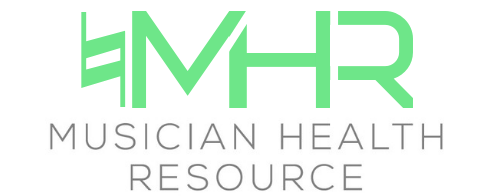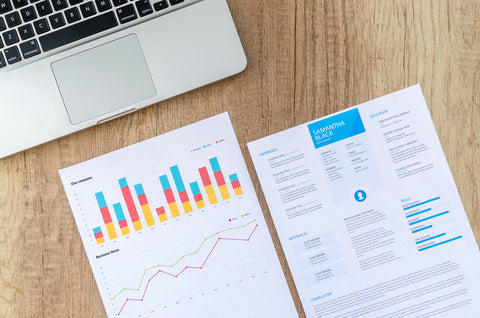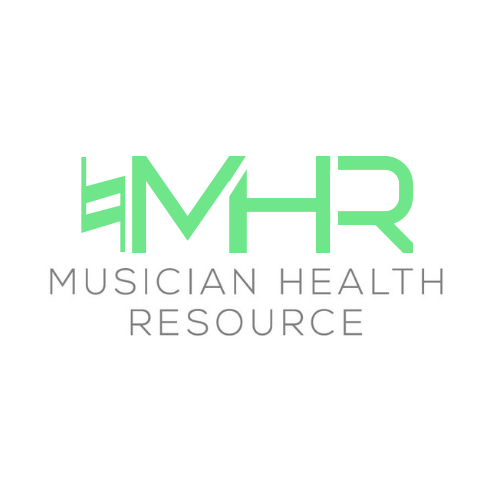
Musician Health Resource is hardly the first striving to bring musician physical and mental health to the forefront of conversation and education. But while music performance has been documented since Biblical times, performing arts and music medicine has only been around formally since the 1980's.
For those of you who don't know about it yet, PAMA, or, the Performing Arts Medicine Association began with a group of physicians who had been working individually with performers from the fields of music and dance. In 1983 they held the first Symposium on the Medical Problems of Musicians followed by the formation of the scientific journal, "Medical Problems of Performing Artists" three years later.
Thanks to the leadership of Dr. Alice Brandfonbrener, a graduate of Columbia University's College of Physicians and Surgeons, the Performing Arts Medicine Association was founded in 1989 and now includes members worldwide. PAMA's membership is not just limited to physicians but incorporates members from other health fields, performers and educators all with the goal of bringing better treatment to performing artists in the realms of dance and music.
One of PAMA's most visible accomplishments is the new advisory they created regarding neuromusculoskeletal, vocal and hearing health for all the schools accredited with the National Association of Schools of Music (NASM). This new partnership is aimed at better informing educators of the resources available for students in need. Since NASM schools only come up for re-accreditation every ten years, there's still a significant amount of time before all schools begin integrating this information into their music programs.
And that's where word of mouth comes in. The statistics in musician pain have only increased over the years with performers pushing for longer practice hours, producing more repertoire, touring, the comparison to others on social media, the pressure of keeping scholarship money, and the list goes on. We've set ourselves up for repetitive stress injuries and mental fatigue but, unlike athletes, our injuries are not allowed to be seen until we allow them to be seen.
For me, changing the paradigm comes not just through my own recovery from chronic pain and depression but also through the way that I teach. Because, like many performers, I subsidize my performance income with teaching, I want to make sure my students are immediately aware of resources, like PAMA, as well as better cross-training, practicing and resting habits.
While Performing Arts Medicine may be a relatively new and small movement, the effects it can have on our music community can be great. It comes down to whether or not we are willing to share our stories and our resources with each other. The feats of human achievement we see on the podium at the Olympics exists because athletes seek out and adhere to advancements in Sports Medicine for better training. Why not apply the same habits and advancements to our music practice? Changing the pain paradigm benefits us all.
Less pain and more music!
Karen







